Steelhead Bobbers Discussion | Sliding vs. Fixed Floats

Here at Fishing Addicts Northwest, we love to float fish. It’s the ideal presentation as you walk up onto a hole. It is not loud, and tends to not spook fish like heavy hardware may, and has direct visual sense that you have covered water.
So let’s talk floats I will be comparing two different “styles” of floats. The first of which is a “sliding” float. A short description: a sliding float is engineered to slide on your mainline between your terminal weight and a bobber stop, which is set at a specific “depth” to match the water you are fishing. There are typically beads on either side of the bobber to enable a smooth slide that does not hang up.
Next is the “fixed float.” This is a simple setup. Most are familiar with fixed floats as a very basic version is popular for trout fishing – for example the red and white bobbers available in most any fishing department. It basically means a bobber that is attached at a specific depth, that does not move when casted, but is still adjustable by hand. For Steelhead fishing we use the “Thill Steelhead Floats” most often, although Aero-Float also offers some excellent alternatives. Here is a video example of how to rig up a fixed Thill Steelhead Float:
So now let’s discuss the benefits of each method. Surely both have their moments when they are the most effective for presenting a bait. All opinions expressed below are simply the result of many years of research on West-Coast Steelhead rivers & streams.
Sliding Floats:
Pros: Smooth and accurate casts due to terminal weight, ability to cast the same amount of leader regardless of where depth is set. Generally easier to “mend” line. Works well for bringing “micro-jigs” and other very-light baits down to the strike-zone quickly. I will usually use a sliding float on most rivers that are wider than a “long cast.” Where these float setups are necessary they are essential. The ultimate advantage to me is – being able to fish deeper without having to cast an extremely long setup and very long accurate mends.
Cons: Can have noisy entry to target water upon cast (SPLOOSH!). Float does not indicate lure position as well as fixed floats - jigs can be pushed up high in the water column while float appears to be tracking normally. Terminal weight is an added negative visual underwater, especially in low clear water.
Fixed Floats: Pros: Quiet entry to target water, accurate indication of lure position. Visually “light” and ideal for smaller streams, and low-clear water. Only two points of contact (float and jig) make it possible to “swing” baits through pocket water. (We will revisit this last point later.)
Cons: Very sensitive to “mending” thus one has to use a great amount of precision while mending, otherwise the presentation will be affected. Due to lighter weight it can be harder to cast farther without a good rod. Depth is set by position of bobber, so if you want to fish nine feet deep, you need to cast nine feet of line.
Both floats have their uses, and both will work under many conditions, but in my experience, I like to tailor my float to the type of water I am fishing. In my experience here is the general rule : Fish the lightest float possible for the situation. Where possible I use a fixed float in order to keep any unnecessary gear out of the target water.
I have done some A/B testing with both types. Many variables will play into a bite: bait/lure, leader type & diameter, depth and presentation. I have noticed some distinct advantages with fixed floats while fishing in smaller rivers. First of all, fishing a fixed float can be harder. This doesn’t seem like an advantage at first but I believe it is. Due to the fact that mending on a fixed float can affect the presentation very much, you are forced to mend with intricacy and care. It is a skill that takes hours to hone. But it is also a skill that will result in more hookups. Also, the float indicates more accurately where your presentation is in the water column, this forces you to make adjustments during the float to keep your presentation down in the “strike zone.”
Say we are working with a very small bit of pocket water. It is a small seam in an otherwise white-water area. You approach this section of water knowing that a Steelhead could be holding to the very top of this seam. If a sliding float with terminal weight is casted into this section, it could easily scare a fish due to the quick entry and splash of the terminal weight + bobber. On the contrary, a fixed float will have a much more subtle entry, maybe so subtle that all that a fish sees is the jig slide into the water and proceed towards it’s face. The fish won’t question the validity of a subtle presentation and due to their aggressive nature, are likely to bite. Especially if the bait flows naturally down the current. All the fish should see is your presentation coming naturally into view even if above water the fisherman is mending every 3 seconds.
Only two points of contact (float and jig) make it possible to “swing” baits through pocket water. - This point is largely understated. The difference between a fixed & sliding float is the points of contact. A sliding float has three – Bobber, Terminal Weight & Jig. A Fixed float has only two and eliminates the need for lead. This allows for a keen-eyed float fisherman to manipulate the sub-surface action of the bait by applying pressure to the float in certain scenarios. I have watched my fellow anglers use this to their advantage in very tight pocket water. They have even adjusted float depth to be slightly deeper than the target water, but by “walking” the float backwards the jig is pitched up into the current and hangs in front of the fish for just a little bit longer. This can be deadly on long drifts over flat runs, or in small bouldery water. Don’t underestimate the effectiveness of a light fixed setup.
I see fixed floats as being highly beneficial in any water under 7 feet. They take more work on the part of the fisherman to maintain a perfect drift, but due to the subtle nature and true indication of bait presentation, they are totally deadly.
Sliding floats have some huge benefits though as well! I love being able to cast with ease to any part of the river I want to target, and being able to adjust my depth using only a bobber stop. I love a sliding float in deep canyon water, or in large sections of river where I need to do massive mends in order to keep the presentation right. I have the ability to easily adjust my depth down, and down, and down…until I reach near the bottom. At that depth, and especially in stained water, the visual of the weight seems to matter less. This is also a very ideal method from a drift-boat for “Grandpa-ing” down a river. A sliding float generally keeps a natural presentation and does not require AS MUCH attention to mending. (You still need to mend!)
One more con I must mention about fixed floats. I am a fan of running 14lb braid tied in a double-uni-knot directly to a mono leader. I then add my fixed float onto the leader and then tie a jig, or whatever method I choose, to the end. Inevitably, at some point I will occasionally snag up on a submerged rock or log. In this case, when pulling to free my line, the leader will break and the float will go with it. One benefit of sliding floats is that you will generally just lose your lure and leader when pulling out of a snag, and due to the setup of the rig, the float will remain.
Consider your target water and adjust accordingly. For those of you who consistently fish big water, go sliding. For those that require a light precise presentation - fish fixed. In the end I don’t care which bobber I am using as long as it submerges from a bite on a regular basis!
Next time you go out to the river, reevaluate your float setup. Try a little of both. Both methods have their benefits and you will see it quickly. In my opinion if the situation suits a fixed float, don’t settle and go for a sliding rig. That subtle, quiet presentation will pull a lot of picky steelhead out!
To purchase either sliding or fixed floats visit: JoelsJigs.com
Written by Lucas Holmgren
To see a video discussion on this topic: CLICK HERE



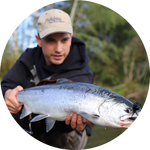

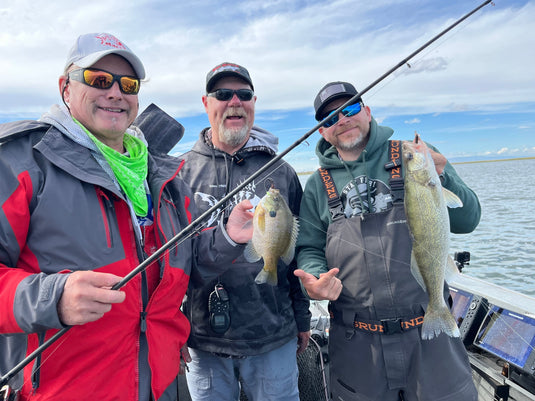

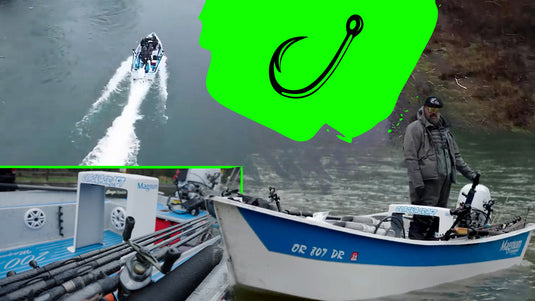

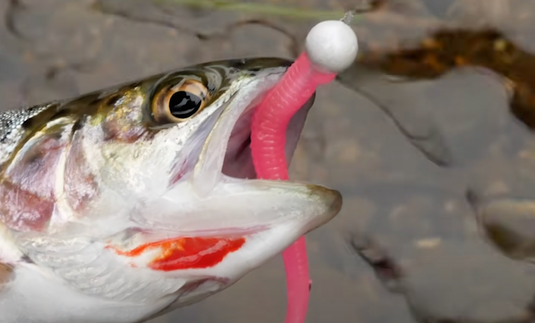
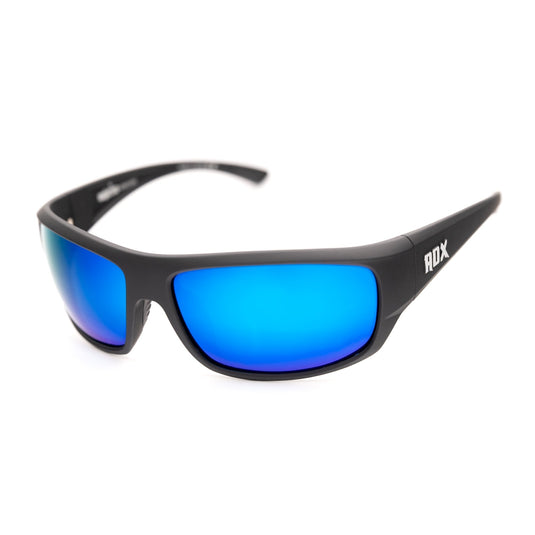
Cialis En Oferta Insult https://ascialis.com/# – Cialis scomiscorp Cialis Es Viagra SwirwayArram buy cialis 5mg sekHebrors Online Viagra Chewable
Im live in Toronto Ontario where can i buy these floats
I have a question if the method that separates weights separately makes sense with the help of erasers? I read something like this, it is worth paying attention to when fishing deeper https://infomiasto.eu/jak-zlozyc-splawikowy-zestaw-wedkarski-na-ryby/ (article in Polish) and the second question is whether it is better to attach a float to this metal eyelet or on the elastic band?